
Interventions in the Area of Innovation

Safety analysis of the Quiebrajano dam from data models based on artificial intelligence.
Guadalquivir Hydrographic Confederation
The challenge
The Quiebrajano dam (Jaén), built in 1976, is a very slender vault dam that developed a crack in the downstream foot of the structure since the very beginning of its operation.
In order to detect any behavioral anomaly in the shortest amount of time possible that evidences a potential failure in the dam/foundation, it was necessary to equip it with advanced tools that would evaluate the data provided by its auscultation system in an agile, objective and precise way.
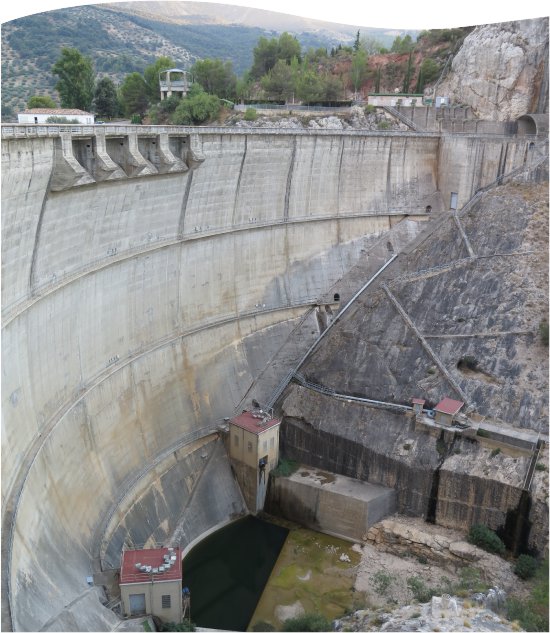
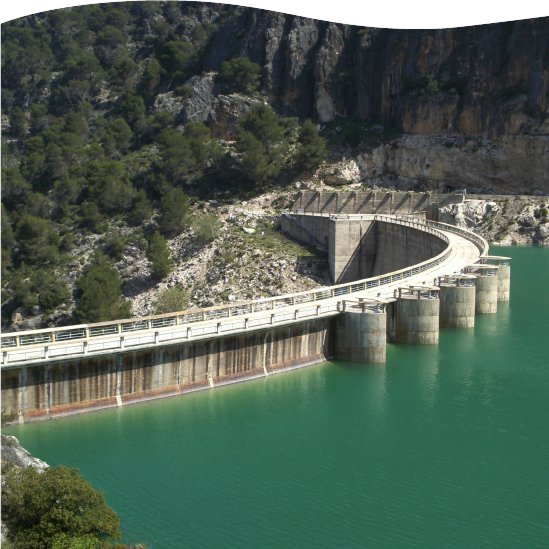
What did we do?
At ACIS2in, we created data models based on machine learning methods capable of predicting the behavior of the dam based on its past evolution. Thus, by contrasting the readings of the auscultation system, we were able to detect abnormal behaviors in the structure early on.
In a complementary way, the analysis of the developed models revealed relevant information for understanding how the dam actually operates, offering additional tools to increase the safety of its operation.
Preliminary report on the improvement of the hydrological safety of the Plandescun dam, in Huesca.
Ebro Hydrographic Confederation
The challenge
In some cases, such as the one at hand, considering avenues of design that are different from those used during the original definition of the work may lead to the dams operating in an overflow situation due to the breaching of embankments, a process for which most of them were not designed nor do they comply with current safety requirements.
Therefore, our objective has been to propose solutions that guarantee the safety of these infrastructures at a reasonable cost.
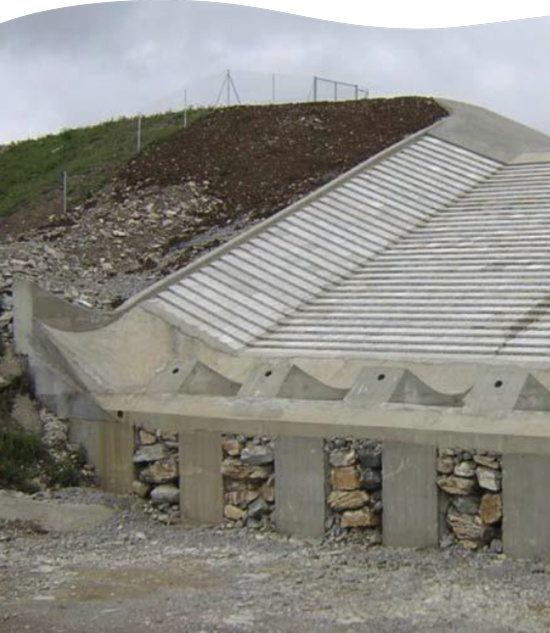
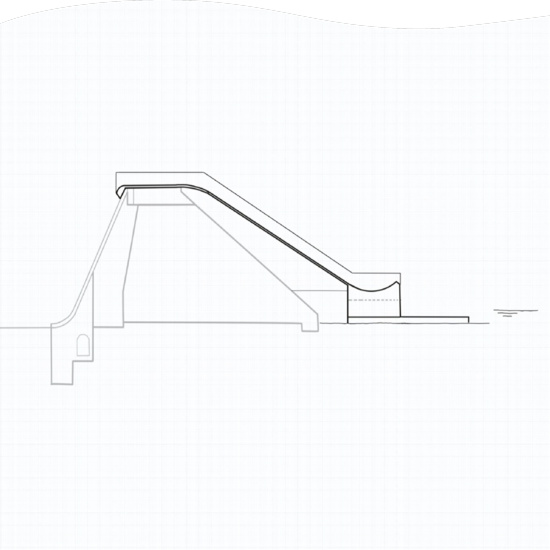
What did we do?
The Plandescun dam, with a height of 22 m above the foundations, is a dam of loose materials with a waterproofing concrete face slab.
To solve the hydrological safety problem, at ACIS2in we proposed making use of:
- An emergency spillway over the dam.
- A parapet along the crest that would allow the concrete face to be raised above the current height of the crest.
- Prefabricated wedge-shaped blocks or conventional reinforced concrete slabs for the discharge channel, both of which are feasible and technically sound solutions according to their function.
- A ski-jump spillway to return the water to the river.
The solution proposed and defined at a preliminary level has allowed us to estimate the cost, also including project work, numerical modeling and testing on a large physical model.
Auscultation analysis and establishment of thresholds from data models based on artificial intelligence.
Iberdrola
The challenge
Create a proposal to revise emergency thresholds that considers irreversible behaviors, replacing the traditional constant thresholds with variable expressions based on time or other causal variables.
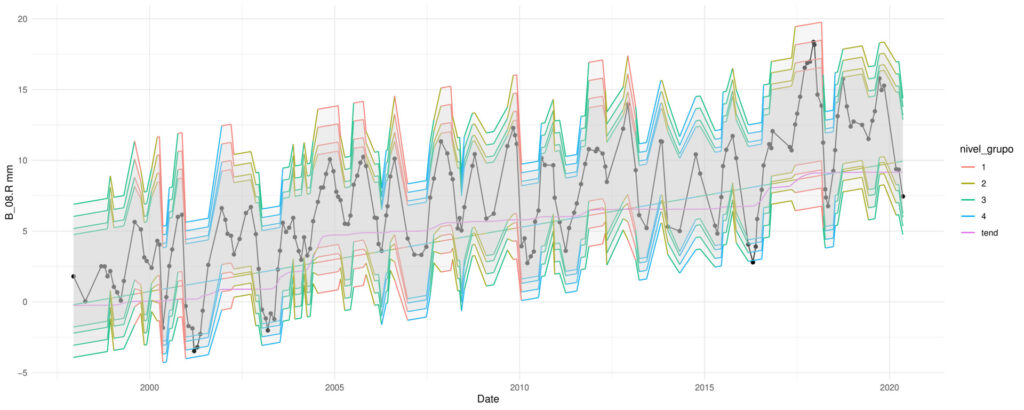
What did we do?
The declaration of Emergency Scenario 0 in dams is based on the exceeding of certain thresholds set for behavioral variables measured in the dam auscultation system. These thresholds are normally set by limit values, which remain constant over time.
Some dams present irreversible evolutionary phenomena that cause the value of certain behavioral variables to increase over time. Depending on the nature and degree of development of the phenomenon, it may or may not be a problem for the safety of the dam. When this evolution does not pose a risk, the conventional uniform thresholds may be exceeded. In these cases, it is necessary to establish another type of emergency threshold that takes into account this irreversible behavior.
To do so, it is necessary to identify and characterize the irreversible trend and determine the expected evolution to achieve operating conditions of the dam that are similar to those registered.
To address this intervention, we developed predictive models based on machine learning methods, trained based on auscultation data from the dam.
After its interpretation, we identified the fundamental mechanisms of the dam’s operation, as well as the irreversible component, and we established the response criteria based on the main actions that intervene in its behavior. Based on these results, we made a proposal for the revision of the thresholds for the variables that are part of the dam’s Emergency Plan.
Preliminary design of the OVERCOME field test facility.
Électricité de France (EDF)
The challenge
The OVERCOME project is an international R&D initiative promoted by EDF with the participation of HRW and the Polytechnic University of Madrid for the investigation of dam failure due to overtopping.
Our objective has been to execute a field test facility, specifically at the tail of the Laverné reservoir (Ejea de los Caballeros, Zaragoza) with the support of the Ebro Hydrographic Confederation.
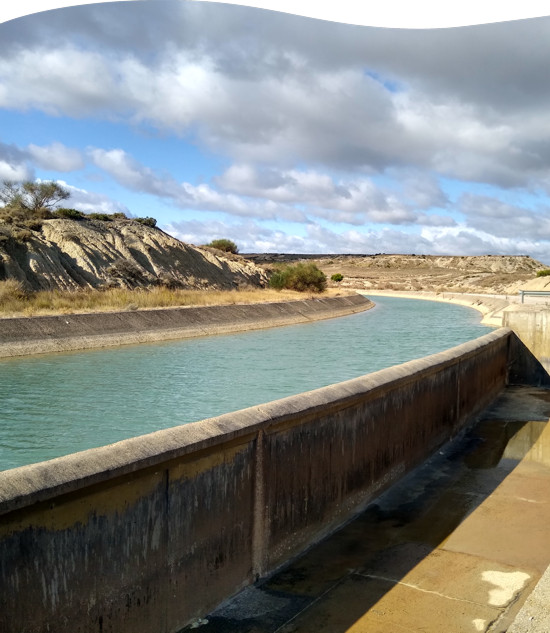
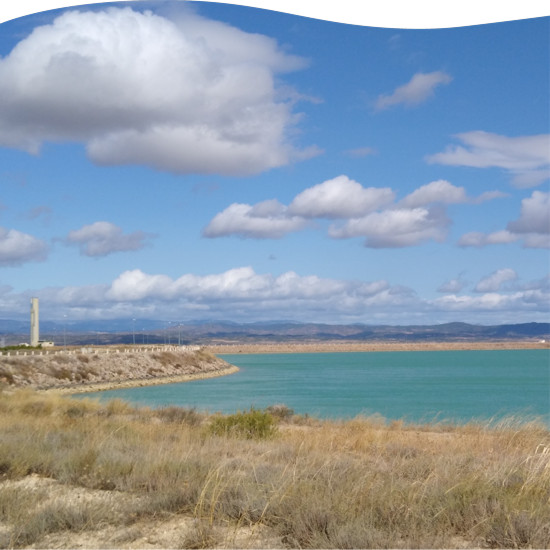
What did we do?
At ACIS2in, we have participated in the design of said facility, for which 6 alternatives were initially predefined and compared with each other.
In addition, we included the development of the preliminary design of one of the proposed alternatives, detailing its main components and completing the design with various elements and improvements.
All the elements have been measured and valued at updated local prices to obtain the budget for the planned work. The final report has been structured according to the two objectives pursued, which were the description and justification of the main facilities for carrying out the tests for the OVERCOME project, and the development of the necessary elements to estimate the cost of said facilities:
- Basic drawings and figures of the facilities.
- Measurement and evaluation of the different construction units.
- Budget for the facilities.
- Summary and comparison of the budget obtained with previous budget advances.
